Buyer's Bible: Exercise Bikes
Adding an exercise bike to your home gym is a power move. They take up minimal space, are easy to move around, and are a great investment for your health and fitness. Really, the only downfall is trying to choose the right bike for you.
Not to worry because we have just eliminated that barrier for you!
This exercise bike buyer's guide will walk you through a bikes anatomy, each different type of exercise bike, and will highlight some key things you should consider before making your final purchase decision.
BIKE ANATOMY
Before we take a deep dive into the different types of exercise bikes we are going to walk you through a bikes anatomy.
This will help you get a better understanding of how each bike is different, which in turn, will help you determine which is the right bike for you.

RESISTANCE
First things first, you need a bike that is going to be able to keep up with your capabilities. In fact, this goes for any cardio machine.
If you're new to the cycling game, or just looking for a basic model that helps you get the job done, then you probably don't need a bike that offers 40 different resistance levels. The same goes for someone who suffers from joint and/or mobility problems, as higher resistances may cause further strain in your knee's and/or lower back.
On the other hand, if you're an advanced rider then you're going to want a bike that offers some oomph. Otherwise, you're just going to be left unchallenged and unmotivated.
Below is a brief guide, highlighting the training intensities for various resistance levels.
Resistance 1 - 6: low intensity.
These levels aren't going to require much effort to the get the pedals moving. In fact, levels around 1 - 3 pretty much require no effort at all.
Resistance 7 - 12: medium intensity.
This is when you're going to have a push a little harder to get some momentum. Think cycling up a small to medium sized hill.
Resistance 12+: high intensity.
This is where the going gets tough. Resistance levels around 15 - 20 will require a lot of lower body power, and can be a great tool to help you build muscular strength whilst still feeling that cardio burn.
CONSOLE DISPLAY

This is the little computer screen that sits near the handle bars. A bike featuring a console display is fantastic because it offers you real time feedback on important metrics such as distance travelled, time elapsed, average pace, and estimated calories burned.
HANDLE BARS
Not much explanation is needed here. The handlebars are what you hold onto for

support and stability whilst you're pedalling your little heart out.
Most of our exercise bikes will offer adjustable handles to suit the height differences of each user.
SEAT / SADDLE
This is where you park your tush. Again, most exercise bikes will offer adjustable seating to suit different height and limb lengths.
Different bike seats will also be larger compared to than others, and some will offer more or less padding. This will depend on what the bike is intended to be used for.

For example, spin bikes are intended to imitate a road bike, so they will have a smaller, less padded saddle, and may be a little less comfortable. In comparison, recumbent bike seats are so big they almost look like a chair, providing optimal comfort.
Hot Tip: most gym bikes are designed to suit average sized adults. If you are particularly tall, or perhaps you are a bit on the shorter side, we always recommend going in store to see which bike suits you best.
PEDALS
Much like everything else, different bikes will have different sized pedals. Again, dependent on their intended use.
Larger foot pedals make the bike easier to use. Some pedals will also include foot straps, so that you can secure your feet into the correct position.
FLYWHEEL

The flywheel is what makes you GO, GO, GO! Easy to identify, it is the large round disc positioned towards the front or back of the bike. The flywheels purpose is to store rotational energy, allowing for a smooth cycle.
There isn't much of a difference between having a front or back flywheel, only that a rear flywheel will require less cleaning, and possibly less maintenance. This is because it is out of the 'sweat zone'.
In simple terms, a heavier flywheel means a smoother ride. This is because a larger flywheel allows you to produce more power at a steady rate.
TYPES OF EXERCISE BIKES
SPIN BIKE

Spin bikes are built to mimic the look and feel of a road bike. Categorised by their large flywheels, firm seat and fixed pedalling systems, spin bikes offer an intense cardio burn that'll toughen up your legs, abs and shoulders.
These exercise bikes are built with minimal seat padding, intended to imitate the feel of riding along the road. A firm saddle also encourages you to stand whilst pedalling which is a great way to intensify your workout.
Usually a more basic model, most spin bikes won't include a console display. However, there are speed and cadence sensors available that can help you keep track of your workouts.
These bikes are a great option for road cyclists who want to bring their favourite activity indoors, or any cycling enthusiast who is looking to engage in some tough home workouts.
UPRIGHT / STATIONARY BIKES
Upright bikes are usually what you'll see on a commercial gym floor. As the name suggests, they are designed so you sit up right, like you would on a conventional bike.

Unlike spin bikes, stationary bikes are categorised by their padded seat and wide foot pedals. This offers maximum comfort and support, so that all ages and fitness levels can enjoy an easy ride.
This type of exercise bike has minimal impact on the body and is an excellent choice for anyone who suffers from mobility or joint issues.
They still offer a full body workout, however, they are definitely better for working on your aerobic fitness than they are for building muscular strength.
Upright bikes will generally include a console display, providing you with real time feedback. This makes tracking your progress really easy.
RECUMBENT BIKE
These bikes are definitely the most supportive. They have a large seat with a back rest, oversized pedals, and an additional set of handle bars along the sides of the chair.

The pedals on a recumbent bike are positioned out the front of the seat, rather than beside or below. This helps with equal weight distribution, making these bikes the ideal choice for anyone who suffers from pre-exisiting injuries, particularly those that effect the knee's, joints and/or back.
Because you are sitting in a chair-like position, recumbent bikes target slightly less muscles compared to upright bikes or spin bikes. This means they are less effective for building muscular strength but still an excellent tool for improving your cardiovascular health.
One downfall to recumbent bikes is that they tend to take up more space in comparison to alternative exercise bikes.
AIR BIKE
Air bikes are a little more obscure, as they're pretty much an exercise bike cross an elliptical.
What's uniquely special about these bikes is that they allow you to work the upper and lower body simultaneously. This makes them extremely effective for achieving a full body workout that's guaranteed to get your heart pumping!

Another unique feature that sets air bikes apart from other exercise bikes is that they are powered through a resistance fan (as opposed to a flywheel).
Essentially what happens is the harder you pedal, the more resistance you create. This gives you complete control over your workouts, allowing you to train in accordance with your fitness level.
Air bikes can take a bit to get used to, but once you've got them down pat, these bikes offer a wicked cardio session that will do wonders for your training.
THINGS TO CONSIDER
WEIGHT CAPACITIES
Stability is key whilst cycling, but this can be hard to test when you're shopping online. One of the most effective ways to ensure you're new exercise bike isn't going to be moving and shaking whilst you train is to take note of its weight capacities.
As a general rule of thumb, the heavier the bike, the more stable it will be. You also need to be checking that your body weight does not exceed the maximum user weight, as this not only increases the risk of your bike being wobbly, but can also enhance your risk of injury.
PROGRAMS
Majority of our exercise bikes come with pre-set programs. These are built into the bikes computer system, allowing you to work towards specific goals such as heart rate control, fat loss and recovery.
Opting for a bike with built in programs can be an excellent way to stay motivated, as they allow you to work towards a variety of goals, whilst keeping your workouts fresh and interesting.
ADDITIONAL FEATURES
APP COMPATIBILITY
With the growing digital world more and more cardio machines are beginning to offer app compatibility. These apps offer an infinite number of tracks, give you access to top class coaches, open you up to a huge community of likeminded individuals, and allow you to easily track your progress.

TRANSPORT WHEELS
A lot of people opt for an exercise bike over other cardio machines because they are smaller, lighter, and easier to move around. If these factors are important to you, you should always look for a bike with transport wheels, as they will make it much, much easier to move or store your bike away.

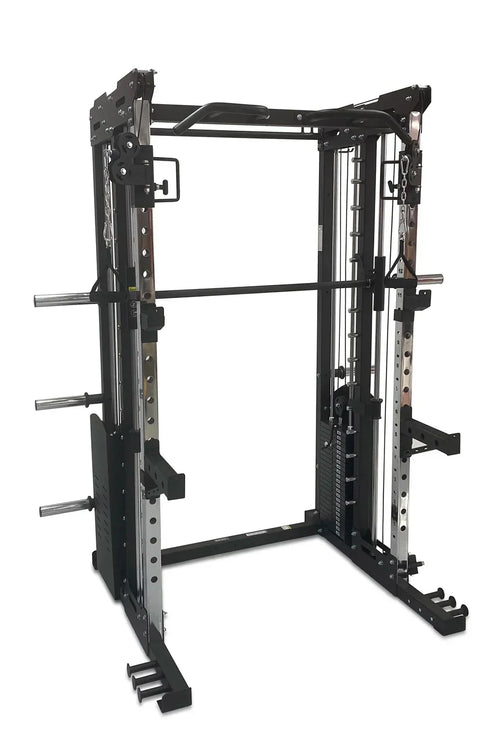
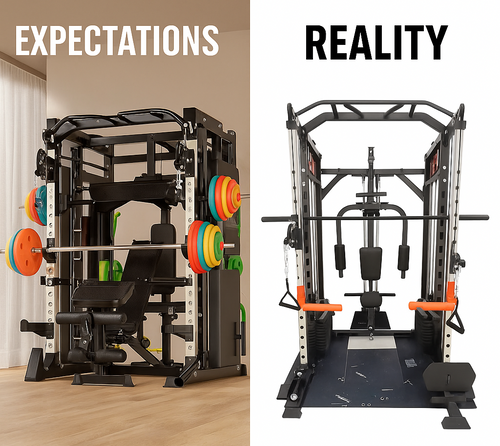
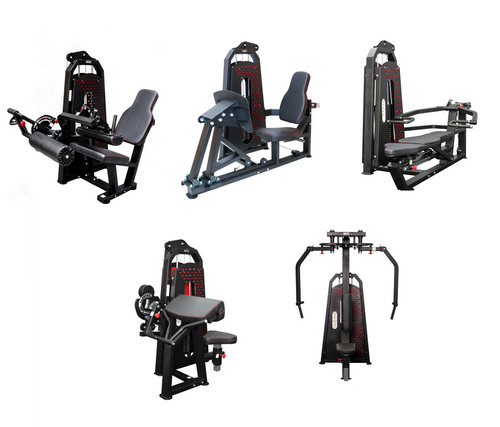
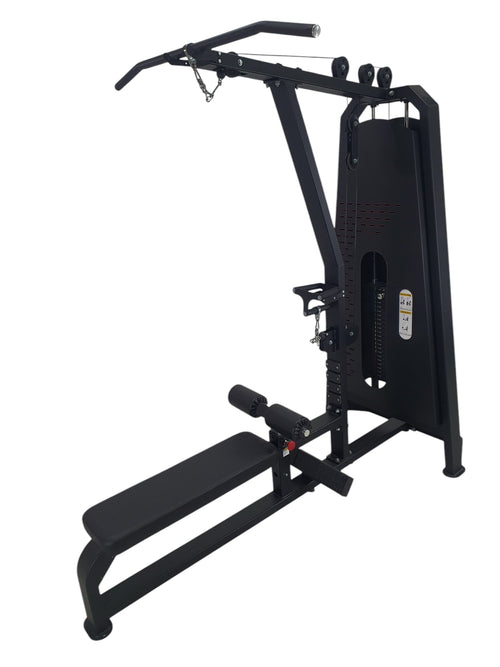
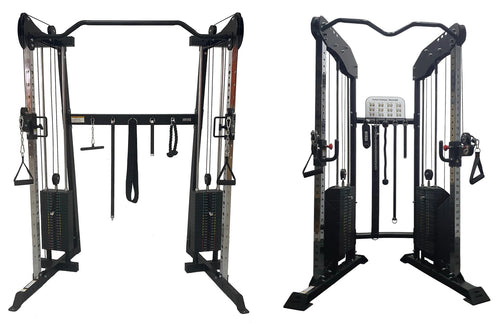
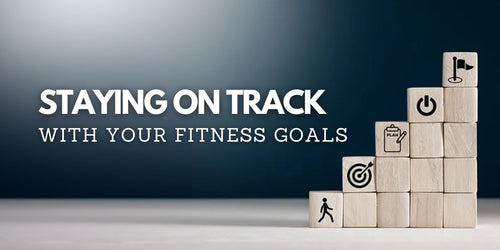
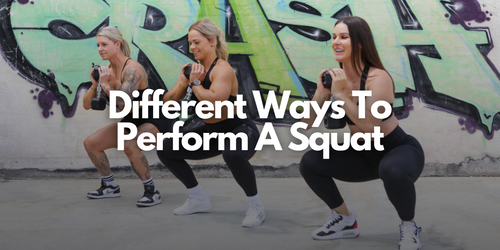

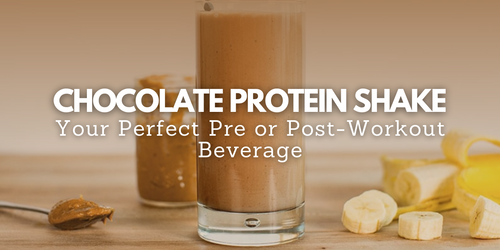
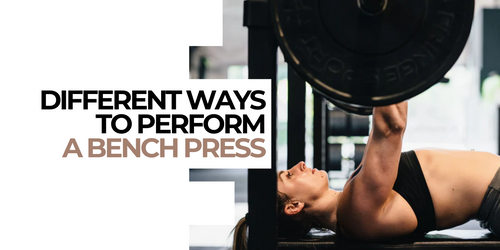
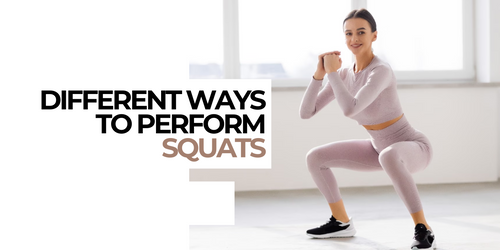

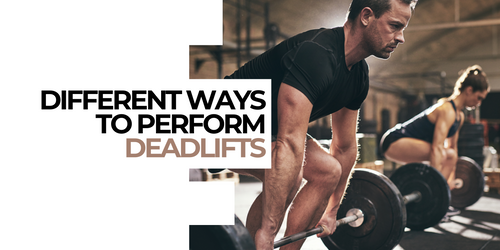

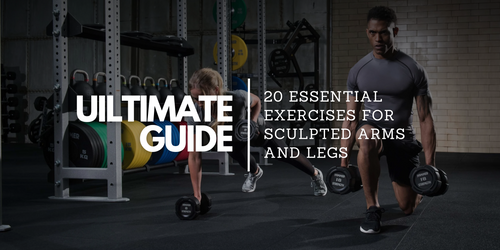


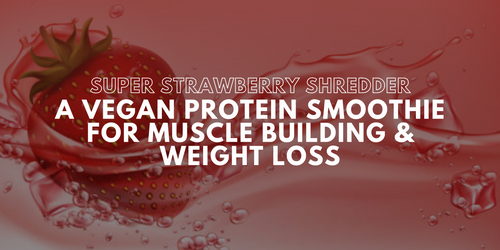
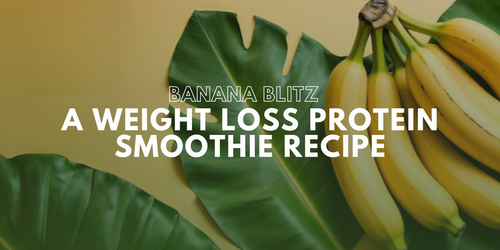
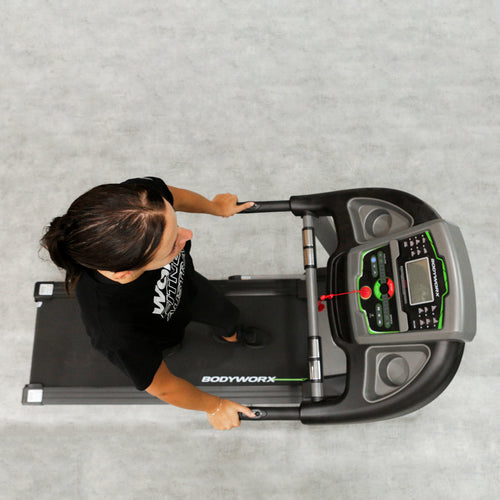
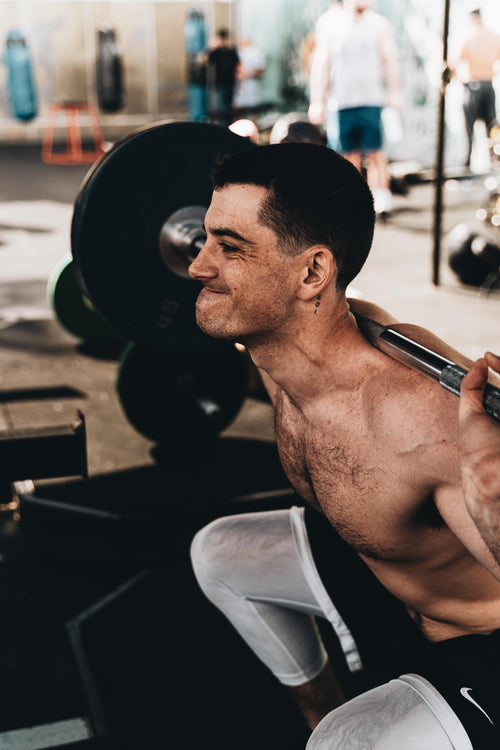
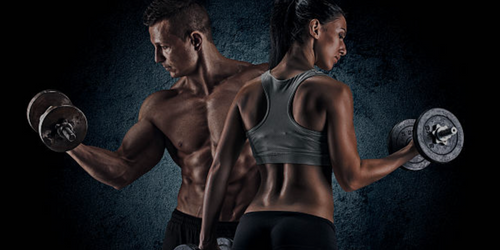

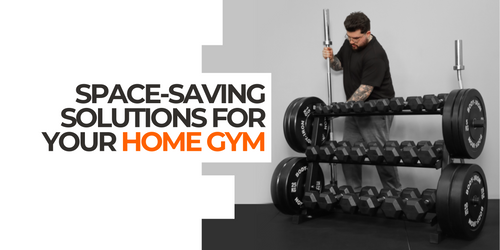
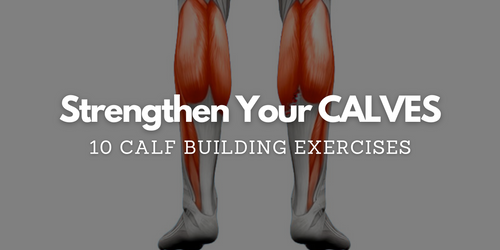
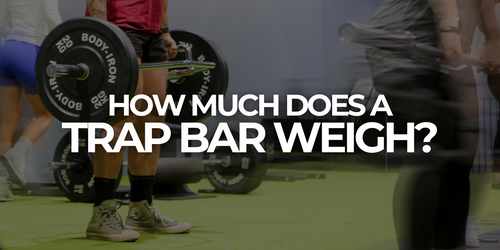
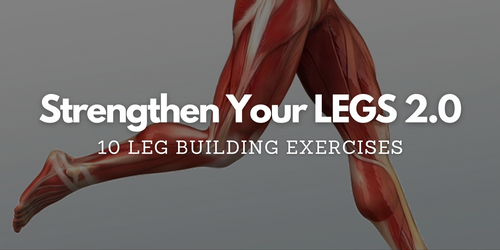
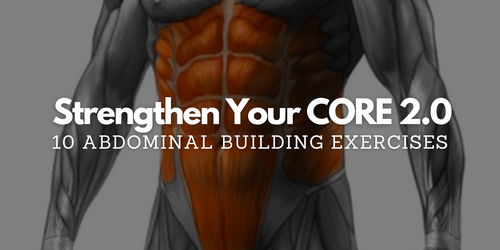
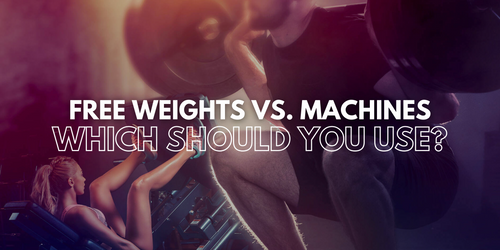
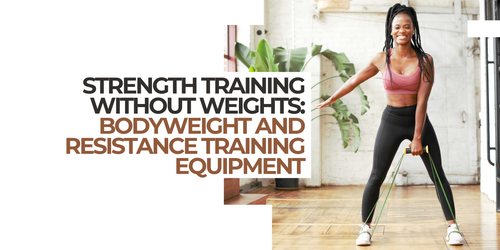
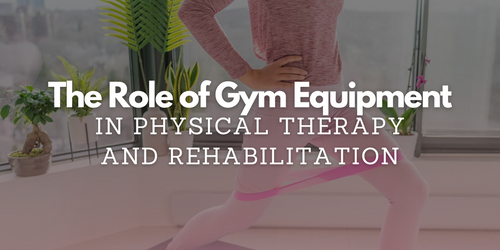
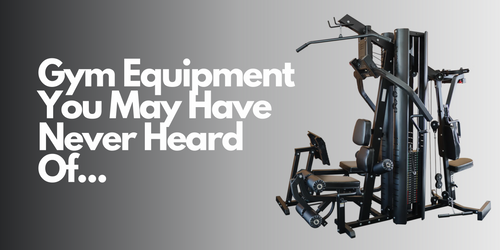
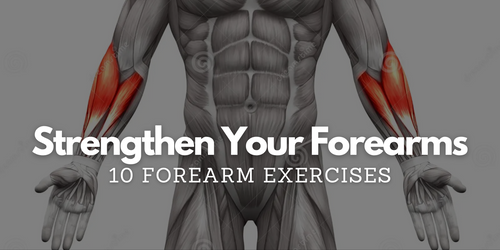
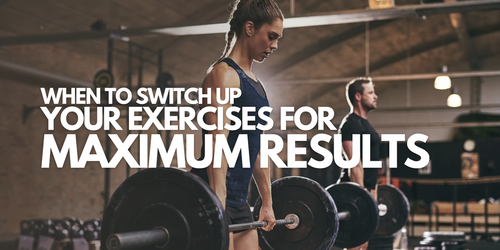
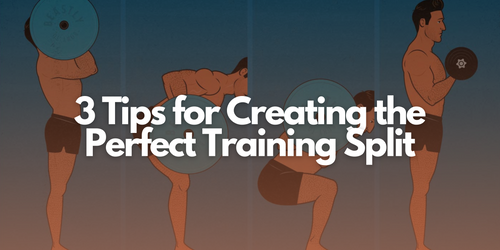
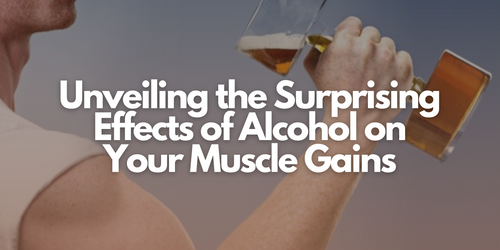
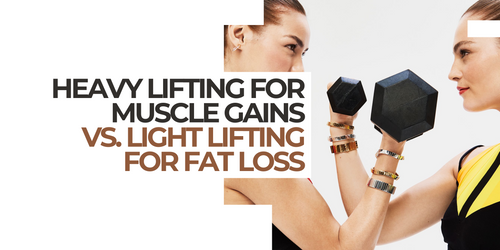
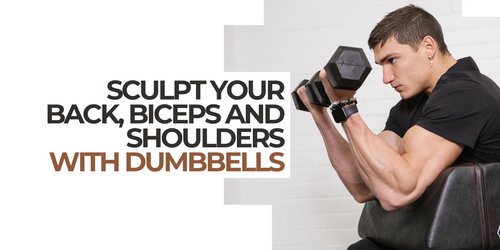
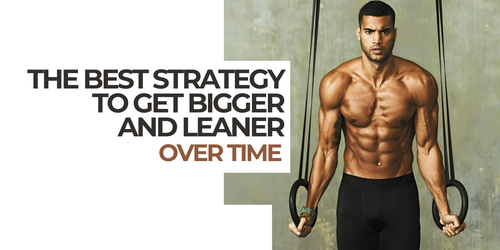
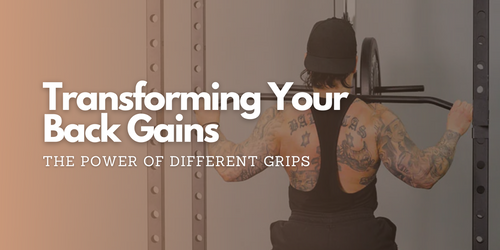
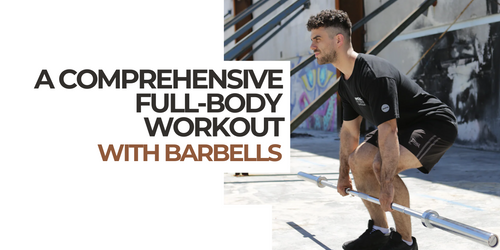
Hi
Can you recommend the BODYWORX EXERCISE GYM SPIN BIKE A117BB for someone who has been doing spin classes for a number of years – just need to get back into it at home! With the console, does it need to be linked to any other device to work?
Thanks – Claire
Leave a comment